US sends two warships through Taiwan Strait
January 26, 2019 | Expert Insights
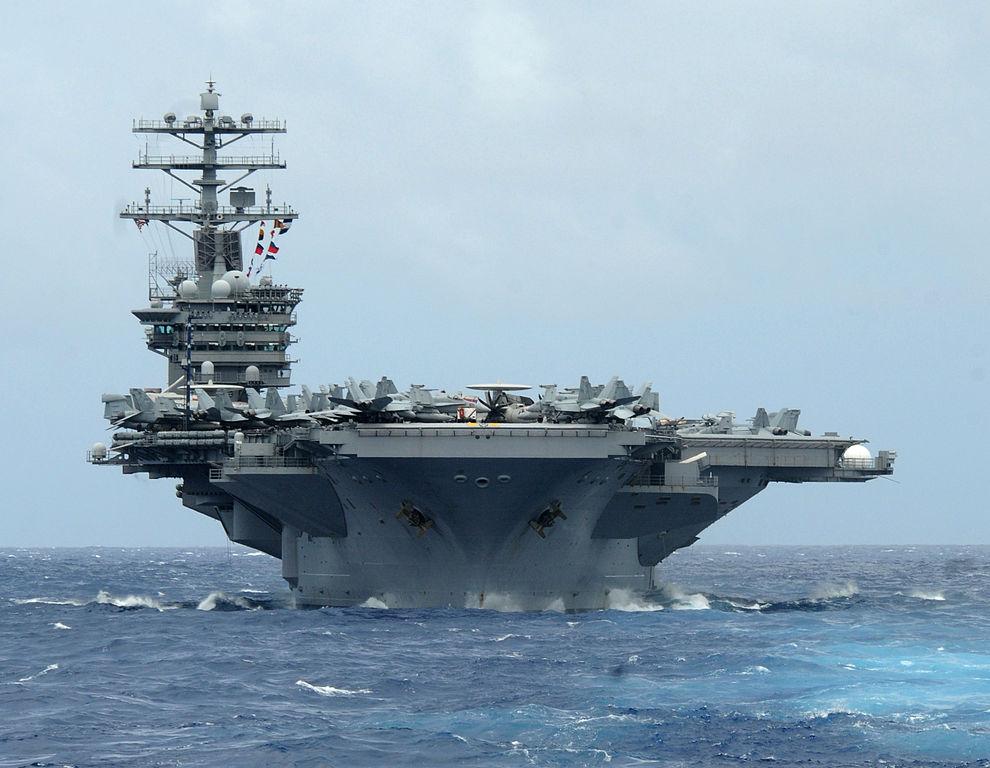
The United States Navy has sent two warships through the Taiwan Strait while China and US remain embroiled in trade and military tensions. The US Navy has increased the frequency of transits through the strategic waterway in recent times as a sign of support, amid growing friction between Taipei and Beijing.
Background
Taiwan is a self-ruling state which China claims as a part of its territory under ‘One China’ policy. The United States did not challenge the position of ‘One China’ policy which was first stated in 1972 until December 6, 2017, when President Trump said that the US is not necessarily bound by the policy.
China and Taiwan are separated by a 110 mile wide Taiwan Strait in the western Pacific Ocean. The strait constitutes international waters and China is thought to be very sensitive about the presence of US military forces there. The U.S. policy toward East Asia in the early Cold War contributed to the tensions in the Taiwan Strait.
On 3 September 1954, the First Taiwan Strait Crisis was a brief armed conflict between the Communist People's Republic of China (PRC) and the Nationalist Republic of China (ROC) in Taiwan. The Second Taiwan Strait Crisis began on 23 August 1958, between the PRC and the ROC. In this conflict, the PRC shelled the islands of Kinmen and the Matsu Islands along the east coast of mainland China (in the Taiwan Strait) to liberate Taiwan from the Chinese Nationalist Party, and to probe the extent of the United States defence of Taiwan's territory.
The Third Taiwan Strait Crisis in 1996 was the effect of a series of missile tests conducted by the PRC in the waters surrounding Taiwan including the Taiwan Strait. The missiles fired were allegedly intended to send a strong signal to the Taiwan government under Lee Teng-hui, for moving away from the One-China policy and to intimidate the Taiwanese electorate.
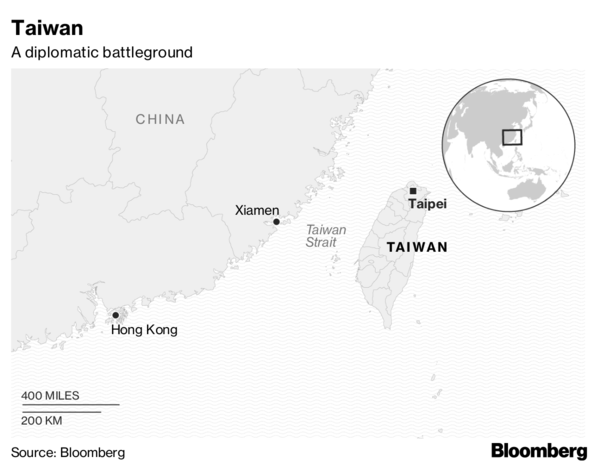
Analysis
The US Navy sailed two ships through the Taiwan Strait, according to the US Pacific Fleet, which oversees operations in the area.
The guided-missile destroyer USS McCampbell and the USNS Walter S. Diehl "conducted a routine Taiwan Strait Transit" that was "in accordance with international law," said US Pacific Fleet spokesman Lt. Cmdr. Tim Gorman. He added that "The ships' transit through the Taiwan Strait demonstrates the US commitment to a free and open Indo-Pacific. The US Navy will continue to fly, sail and operate anywhere international law allows”.
The US Navy also sailed two ships through the Strait in October and November, operations that were shadowed by multiple Chinese warships and conducted a similar operation in July. Prior to that, the transits occurred only about once a year.
Taiwan's defence ministry said in a statement that the ships were moving in a northerly direction and that their voyage was in accordance with regulations. It said that Taiwan closely monitored the operation to "ensure the security of the seas and regional stability".
The US Defense Intelligence Agency issued a report saying that China has undertaken a series of ambitious military reforms and acquired new technology, modernization steps which were driven by "Beijing's longstanding interest to eventually compel Taiwan's reunification with the mainland and deter any attempt by Taiwan to declare independence"."Beijing's anticipation that foreign forces would intervene in a Taiwan scenario led the (People's Liberation Army) to develop a range of systems to deter and deny foreign regional force projection," the report added.
China has stepped up pressure on Taiwan since President Tsai Ing-wen, from the pro-independence ruling party, took office in 2016. It has regularly sent military aircraft and ships to circle the island on drills. Beijing sent several bombers and aircraft through the Bashi Channel, which separates Taiwan from the Philippines, Taiwan's defence ministry said in a separate statement. Chinese President Xi Jinping said China reserves the right to use force to bring Taiwan under its control. "If someone tries to split Taiwan from China, the Chinese military will do whatever it takes to safeguard national reunification, national sovereignty and territorial integrity," Gen. Li Zuocheng, a member of China's Central Military Commission.
Tsai has vowed to defend the island's democracy and called for international support to protect Taiwan's way of life. Trump recently signed into law the Asia Reassurance Initiative Act reaffirming the U.S. commitment to Taiwan, including arms sales. Washington has no formal ties with Taiwan but is bound by law to help it defend itself and is its main source of arms.
Assessment
Our assessment is that Taiwan is resisting the Chinese strategy of brow-beating it to accede to the mainland. We feel that Taiwan will counter Chinese efforts to isolate it globally using US support. Taiwan is likely to deepen engagements with Japan, Australia, Philippines and India, lessening its economic dependence on the mainland.



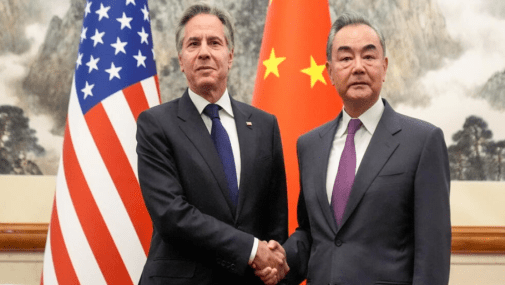
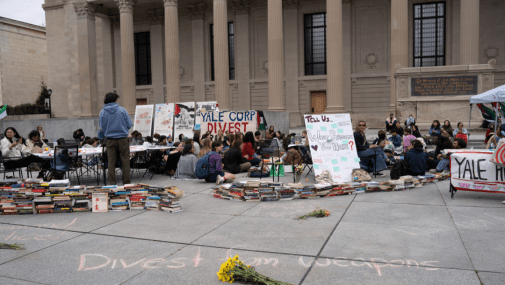
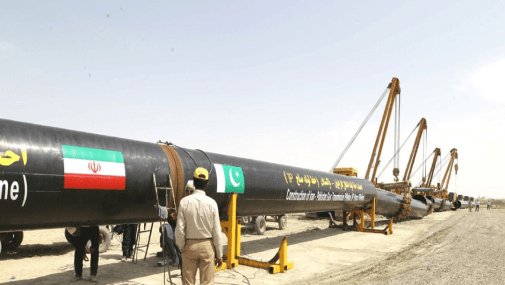


Comments